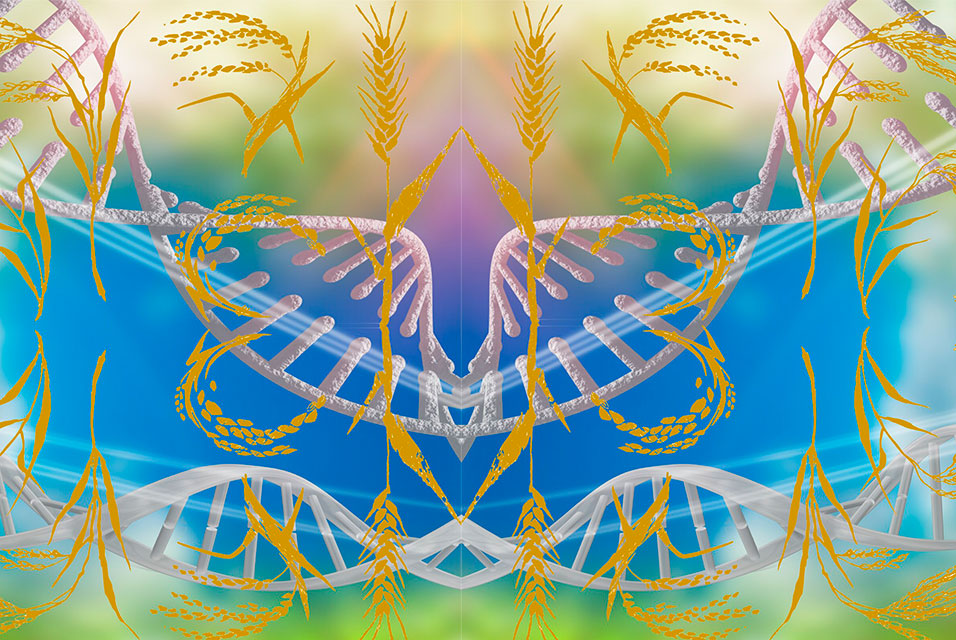KYOTO.- The term biodiversity invites images of lush rainforests, dynamic estuaries, and other biomes where a kaleidoscope of species interact within their communities. We could assume the same holds true for biodiversity at the microscopic level.
Studies in the past have suggested that species interactions and community diversity are interdependent. But how the interspecies interactions are affected by community diversity has not been thoroughly researched.
Now, a
KyotoU study has shown that even though biodiversity increases with an increased number of interactions between different species as would be expected, the mean interaction strength decreases.
"The total interaction strength experienced by a single species is a limiting factor, resulting in weakened interspecific interactions in a high-diversity community," says lead author Masayuki Ushio.
He proposed the interaction capacity hypothesis which might help understand and predict community diversity. To test the hypothesis, Ushio's team analyzed interaction networks reconstructed from the environmental DNA time series of 1197 species from experimental rice plots.
The results of the experiments demonstrated that interspecies connectance may play an important role because it influences how the total interaction capacity is divided up within the community.
The author adds that "this phenomenon can provide mechanistic explanations for many observed ecological patterns in nature."
From the results made possible by the simple mathematical model used in the interaction capacity hypothesis, the team was able to posit that community diversity, interaction capacity, and connectance are interdependent.
"Our meta-analysis of datasets on biodiversity suggests that the interaction capacity hypothesis might be applicable to a wide range of taxa and ecosystems," concludes Ushio.
The research was published in Proceedings of the Royal Society B: Biological Sciences.









